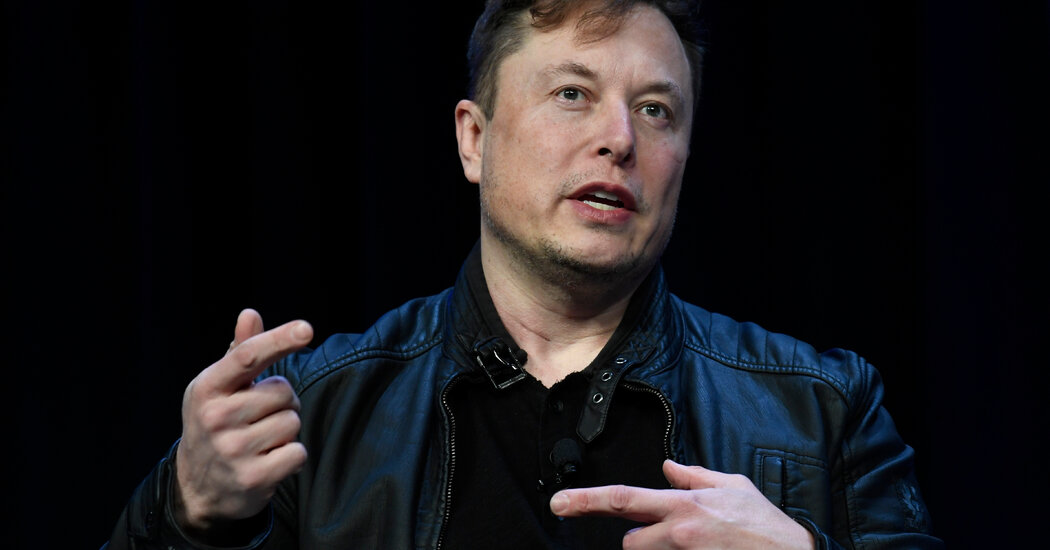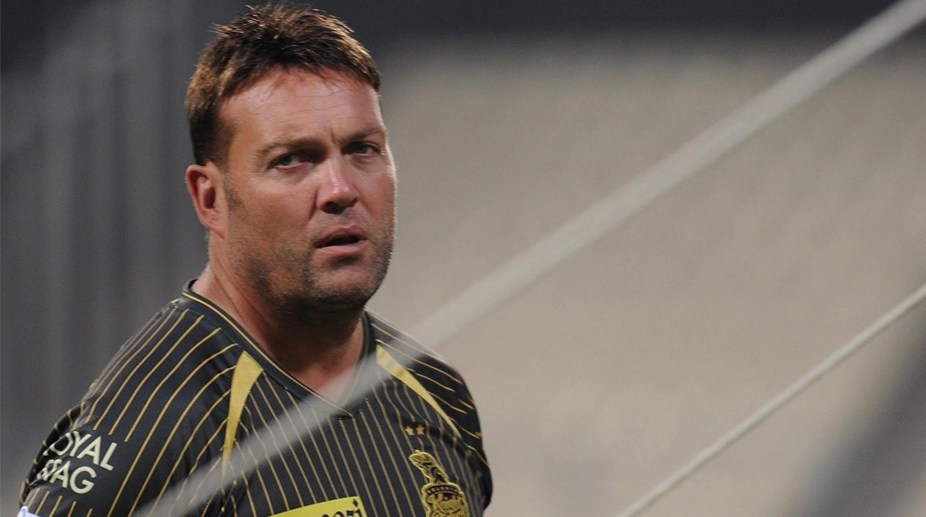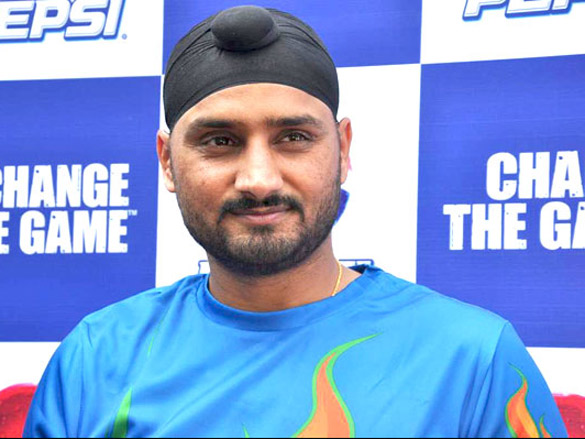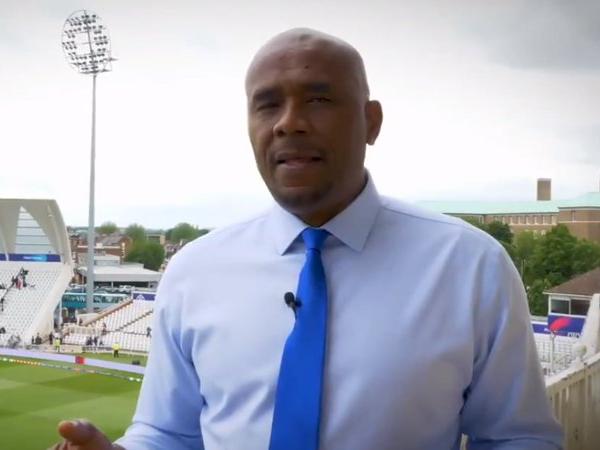

Owning Twitter is tricky because the platform faces regulatory scrutiny and is embroiled in a debate over free speech online. Its business has also faced difficulties, especially in a competitive market for digital advertising. After Mr. Musk struck the acquisition agreement, Twitter reported 16 percent growth in revenue for the first quarter, below the 20 percent it had predicted.
Within weeks, Mr. Musk tweeted that the deal was on hold, saying he wanted more details about the volume of spam and fake accounts. At one point, he said striking a deal for Twitter at a lower price was “not out of the question.” He also responded to tweets from Parag Agrawal, Twitter’s chief executive, who posted details of how the company detects and fights spam, with a poop emoji.
Behind the scenes, Twitter continued giving Mr. Musk and his team access to information about its platform, people with knowledge of the situation have said. Last month, the company agreed to allow Mr. Musk direct access to its “firehose,” the daily stream of millions of tweets that flow through the company’s network. Twitter, which has said roughly 5 percent of its accounts are spam since it went public in 2013, has also said the number is an estimate.
Even so, the number of fake accounts remained a concern for Mr. Musk. For years before proposing the acquisition, he complained about spam on Twitter and said the company should do more to authenticate its users. In 2020, he appeared at a Twitter employee event and said the company should do more to prevent spam.
Last month, in a six-paragraph letter, Mr. Musk’s lawyers demanded more information from Twitter about its methods for counting fake accounts and claimed the firm was “actively resisting and thwarting” his rights. The company was “refusing Mr. Musk’s data requests” to disclose the number of fake accounts on its platform, they said. That amounted to a “clear material breach” of the deal, the lawyers continued, saying it gave Mr. Musk the right to break off the agreement.
Twitter said on Thursday that it had heightened efforts to detect and block spam after Russia used fake accounts to influence the 2016 U.S. presidential election. The company has added new requirements to its sign-up process and said it used human auditors to vet its tally of spam accounts. It also said it removed one million spam accounts each day, and locked millions more per week until the operators of the accounts passed anti-spam tests.
24World Media does not take any responsibility of the information you see on this page. The content this page contains is from independent third-party content provider. If you have any concerns regarding the content, please free to write us here: contact@24worldmedia.com

Marnus Labuschagne Caught Off-Guard By ODI Captain Call After Steve Smith Snub

Everyone Is Looking Forward To It, The Standard Will Be Very High – Jacques Kallis On CSA’s SA20

Danushka Gunathilaka Granted Bail On Sexual Assault Charges

Ramiz Raja Sends Legal Notice To Kamran Akmal For Defamatory, False Claims Against The Board

Harbhajan Singh Reckons Mumbai Indians Should Release Kieron Pollard Ahead Of The IPL Auction 2023

Ian Bishop Praises Sam Curran For His Performances On Bouncy Australian Tracks

Why Choose A Career In Child Psychology?